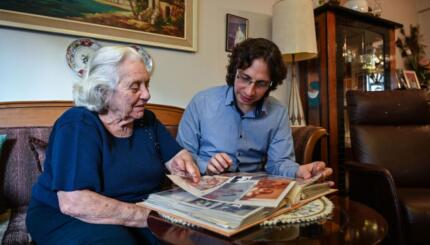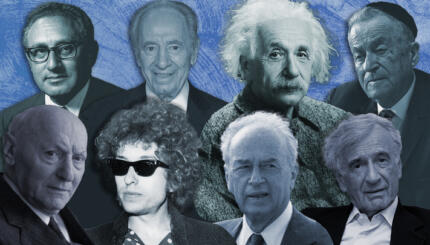Near to the Wild Heart (1943) is a dazzling modernist masterpiece that upended Brazil when it was published there by a 22-year-old law student. Clarice Lispector, the Brazilian-Jewish writer who is now finally experiencing an overdue surge of popularity, penned her wildly inventive and evocative debut novel in a ten-month tizzy. Sixteen years after its publication, one critic remarked: “We have no memory of a more sensational debut, which lifted to such prominence a name that, until shortly before, had been completely unknown.”
Near to the Wild Heart is the story of Joana, a young woman trapped in a passionless marriage. There’s an affair, a death – but not much else. Given its ecstatic reception—the novel won Brazil’s prestigious Prêmio Graça Aranha prize—it’s somewhat surprising how little actually happens.
Instead of plot, we are treated to an interior life as lush and lucid as anything in literature. Joana, described by an aunt as a “strange creature … with neither friends nor God,” is an amoral oddity who seems to unsettle everyone she meets. She is earnest to a fault—a woman without filter or remorse.
Lispector was born in transit — in “flight,” as she called it. In 1920, her impoverished Jewish parents were fleeing pogroms in Ukraine with her two sisters. Lispector was born just two months before their arrival in Brazil. Though the Lispectors spoke Yiddish at home, Clarice grew up as an assimilated Brazilian — a fact evident in her work, where there is nary a Jewish reference.
With your help, My Jewish Learning can provide endless opportunities for learning, connection and discovery.
Even so, it is easy to see her impossible syntax and recursive Portuguese prose as almost Talmudic. Its opening lines are: “Daddy’s typewriter was tapping out tac-tac…tac-tac-tac…The clock chimed brightly ting-ting…ting-ting…The silence dragged out zzzzzzz. The wardrobe was saying what? clothes – clothes – clothes.”
Benjamin Moser, author of the essential Lispector biography, attributed this style to the Jewish mysticism she learned from her father. “As the Kabbalists found divinity by rearranging letters, repeating nonsensical words, parsing verses, and seeking a logic other than the rational, so did she,” Moser wrote.
We continue to read Clarice Lispector’s writing for its defiant poetry and world-turning truths. But there’s more to it than that. Writers like Lispector are singular visionaries. Few writers working today can say they haven’t been affected by “Hurricane Clarice” — even if they don’t know it.
Ready to start reading Near to the Wild Heart? Grab your copy here.




